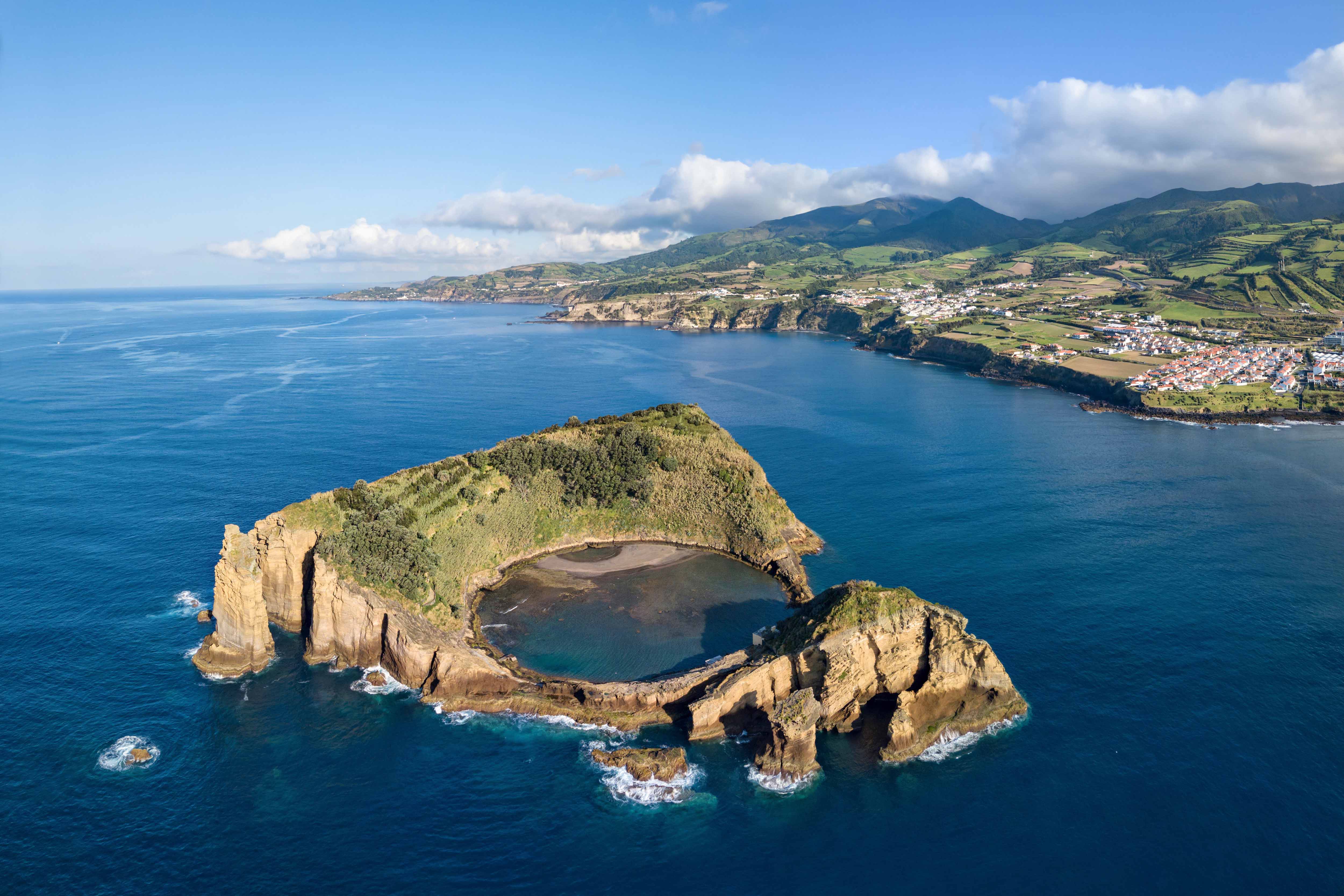
Islands academy is open!
We are excited to share with you the news of the relaunch of our "Islands of Innovation" Course, co-created with the Interreg Europe Islands of Innovation proje
European island regions face several challenges: loss of population, isolation, vulnerable environments and limited economic activity, which is often small scale and focuses on few economic sectors, such as agriculture and tourism, due to the island regions' territorial characteristics. One of the largest threats islands faces, is the loss of popolation due to limited work opportunities, especially the young people and talent. However, the islands have their advantages compared to mainland: they have to be more self reliant, with stronger community involvement and isolation situation that can trigger innovations and provide a distinct, resourceful environment for experimental implementation of innovations.
Therefore, insular regions in this project want to address the opportunities of diversification of their economies by improving their innovation policies. Our project focus is to investigate and improve public policy measures in order to turn the islands into innovation "test-beds": islands as innovation-promoting, experimental "probing and learning" environment which can keep and attract young, innovative and entreprenuerial people and activities to the islands. This will be done through policy improvement, learning sessions, action plan development, good practice identification and sharing and active work on the islands with involvement of regional stakeholder groups. The project will collect and disseminate the knowledge gained in good practice directory and innovation guide for island regions.
The project partnership consists of geographical islands or island regions/archipelagoes from The Netherlands, Denmark, Portugal, Estonia, France and Greece.
€1,534,520.00
Research and innovation
One of the thematic objectives of the OP Noord is TO1 Strengthening Research and Innovation, with priority measure 1b) promoting business investment in R&I, etc. OP Noord refers to the Strategy for Smart Innovation. This strategy is further developed within RIS3 document Noordelijke InnovatieAgenda 2014-2020, where the aim is to promote innovation and entrepreneurship, within the context of societal challenges (climate change, health, food secturity, clean water and sustainable energy). RIS3 defines the frame for investment in innovation in Northern Netherlands.
In the Noordelijke Innovatie Agenda there is special focus on participation in innovation, stimulating innovation by experiments, giving space for living labs; and establish region as living lab/test bed for innovation. Importance of cross-sectoral and cross-cutting innovation is also a priority. Because of the distinct characteristics of islands, they can serve as the concrete test beds of living labs. The islands as catalysts of sustainable innovation is high on the agenda of the Province of Fryslân. We are looking for improvements because:
Objective: The Central Denmark Region (CDR) Strategy sets the vision for sustainable development and growth across policy fields and cross sectoral focus areas. It's developed based on four global challenges: Competitiveness, Climate and resources, Welfare, Demography and settlement patterns.
Priorities/measures: The Region's vision is to work proactively for climate adaptation, circular economy and the bio-economy, striving to turn the societal challenges into tomorrow's business areas. The Strategy welcomes partnerships that can bring forward the vision.
Why should it be improved: Samsoe island is already working on coping with the global challenges and especially climate adaptation, circular economy and the bio-economy, all in partnerships, and can thus improve the vision the way CDR is asking for. Taking part in a project like this will make Samsoe even more a role model for the rest of the region and the business and job creation can be speeded up. Especially Samsoe with this project can improve the policy regarding targeting the young entrepreneurial and innovative companies and people, showing how to create probing and learning environment for innovation.
Madeira 14-20 is built over 12 prioritary axes, aligned with the priorities from the EU2020 Strategy. The first axe foresees (TO1) the Reinforcement of RTD&I. TO 1: investment priority 1.b: promotion of the investment on innovation and research companies, on the development of synergies between companies, R&D centres and universities, development of new products and services. Technology transfer as well as social innovation and applications of public interest are also included. Specific objective: R&D initiatives development in entrepreneurial context reinforcing the conections between companies and SRDITI (Regional System for the Research Development, Technology and Innovation) and the high education institutions. Madeira’s funding priorities in the past were mostly focussed on new infrastructure (e.g. road, airports, public buildings) and less on innovation policies. In line with the Madeira’s RIS3 strategy, this has changed and there is an increasing focus on innovation to address Madeira’s actual needs. The challenge now is to also change the strategic vision of politicians, helping them to adapt to this new paradigm in order to generate succesful and effective projects and initiatives under this investment priority. Tourism has been identified as one of the fields with recognised potential in terms of the islands resources but where there is also a significant need for improved innovation policies, especially geared towards diversification needs witin the sector.
The Development Plan states the future development objectives, covering a comprehensive range of aspects of the living environment in the city, including Management and Cooperation, Education, Culture and Sports, Social Protection, Economy, Urban Environment. Development priorities: to secure the city sustainability, to value the living environment, to develop a safe and open city, to strengthen the solidarity of the community, to develop economy based on regional specifics. The chapter of Economy sets the tasks of reaching a favorable investment and business environment with support to businesses by the KCG which includes implementing the value-chain idea in the business key-sectors and increased number of jobs. As for activities, the Development Plan identifies support to the providers of new services/products, support to product development, and provision of information to new beginning entrepreneurs. In order to improve the efficiency of the Development Plan, it is essential to identify and implement a clear and detailed action plan at operational level for mitigating the most severe problem of the young and work-age people leaving the city and the island. It is stated in general that the application of regional natural and historic-cultural resources is important but an action plan in this regard is to be identified. It is in line with Estonian Structural Funds Operational Programme, especially with Priority axes 4. Growth capable entrepreneurship and R&D.
Project falls within the framework of the Azores 2020 OP, AXIS 1 – Research, technological development and innovation, Specific Objective 1.2.1. promote R&D initiatives of corporate context, reinforcing connection of companies with R&D centers and higher education, focusing on fulfilment of the research and innovation strategy towards intelligent specialization (RIS3 Azores), by aiming at the creation of structures and/or mechanisms that may help small producers and service suppliers to introduce innovation and to better place their products and services in the market. The boosting of one of the Azores more traditional and emblematic sectors – agriculture - has a cross-sectorial impact in other strategic sectors of the regional economy, namely tourism, which, in turn, impact on the biggest added-value of this region: its environment. Priority will be given to all measures aiming at: use of local product in the hospitality sector; diversification of these products in areas such as wellness tourism (health potential of raw-materials); development and market introduction of innovative products; promotion of several products already classified as “Protected designation of origin” or “Protected Geographical Indication”. Innovation (e.g. new sub-products, new techniques,etc), by allowing the creation of differentiated products, could be the leverage that will allow azorean producers to mitigate the insular characteristics, and by that having more competitive chances in the market.
The policy instrument is dedicated to the Thematic objective 1, investment priority 1b. Specific objective: develop partnerships between companies and knowledge stakeholders regarding the RIS3 objectives. To render the policy instrument more effective, to contribute to the specific objective and to the efficient use of available funding, there is a clear need to first address the challenges that are highlighted in the S3, notably:
Regional Operational Program (ROP) North Aegean refers to the Strategy for Smart Innovation. This strategy is further developed within RIS3 document 2014-2020,where the aim is to promote innovation and entrepreneurship, within the context of the following priority sectors: 1. Agro-food 2. Tourism @ Culture 3. E-economy. RIS3 defines the frame for investment in innovation in North Aegean through entrepreneurial discovery.
This project falls within the framework of the Region of North Aegean2014-2020 OP, AXIS 1 – Research, technological development and innovation, Specific Objective 3d1 Exploit research/technology and innovation in regional enterprises, especially to raise exports. Every island in North Aegean focuses on different products which according to RIS 3 business discovery process for example are blue growth (Mytilene), winery (Samos), granary (Limnos), tourism (Chios), Ikaria (geothermal energy).
We are looking for improvements because:

We are excited to share with you the news of the relaunch of our "Islands of Innovation" Course, co-created with the Interreg Europe Islands of Innovation proje
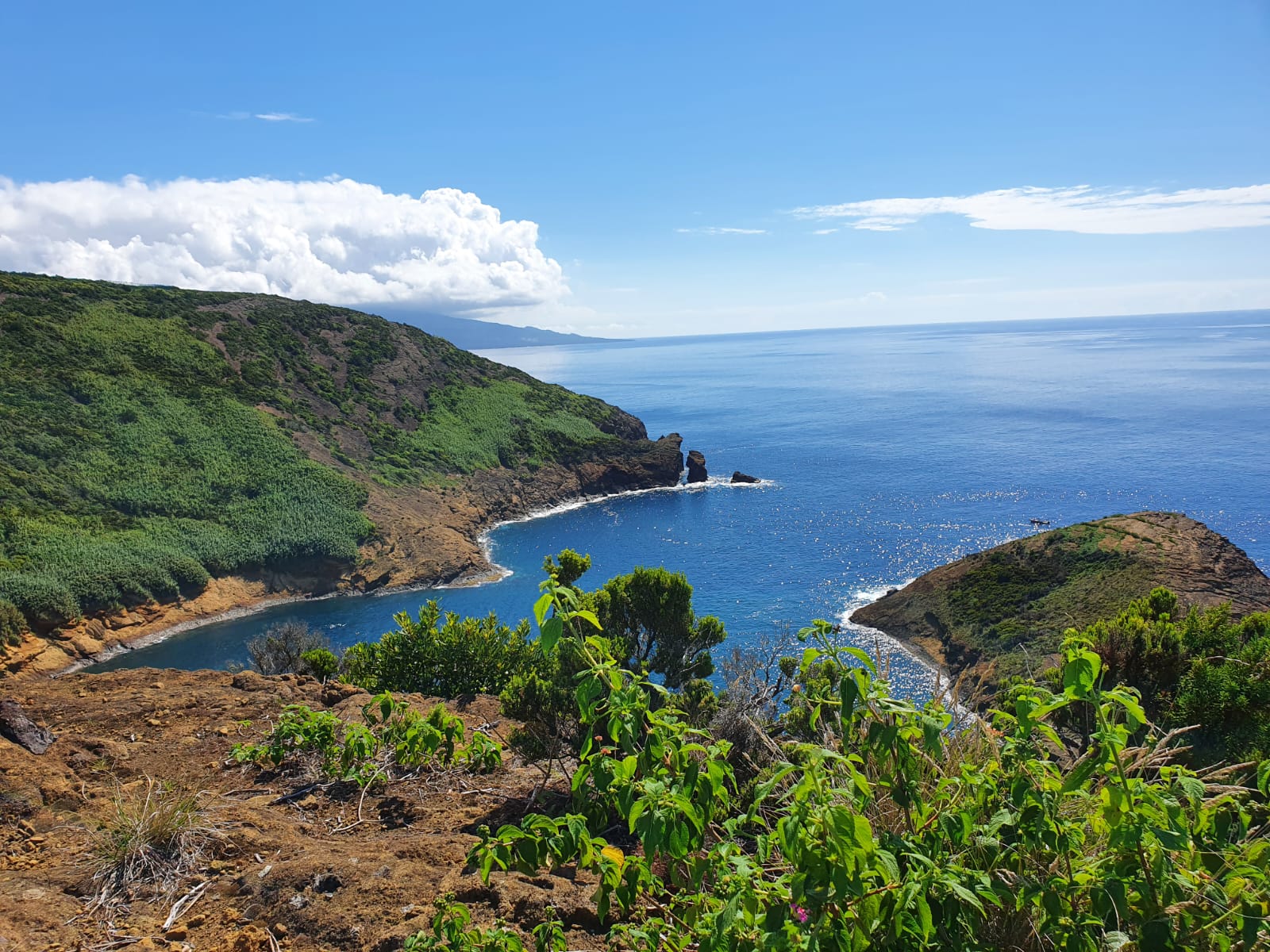
The extention of Islands of Innovation has been closed on Faial Island.
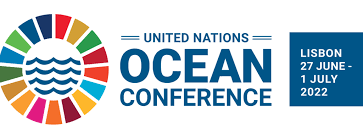
Announcement of the United Nations Ocean Conference, 27 June to 1 July
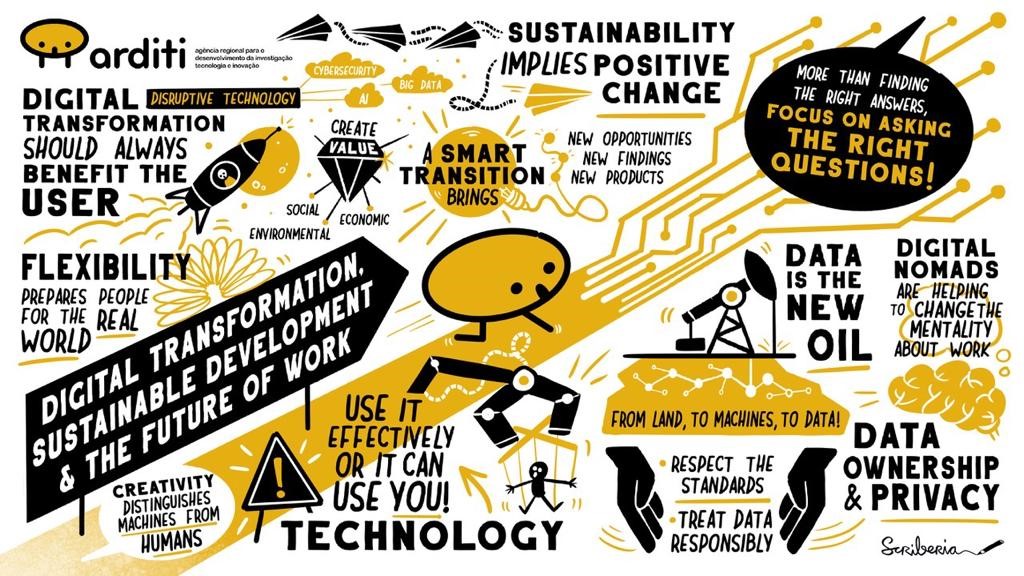
In the extension year of the project agreed to organize miniworkshop SDG based Mission formulation. Have a look at our recordings.
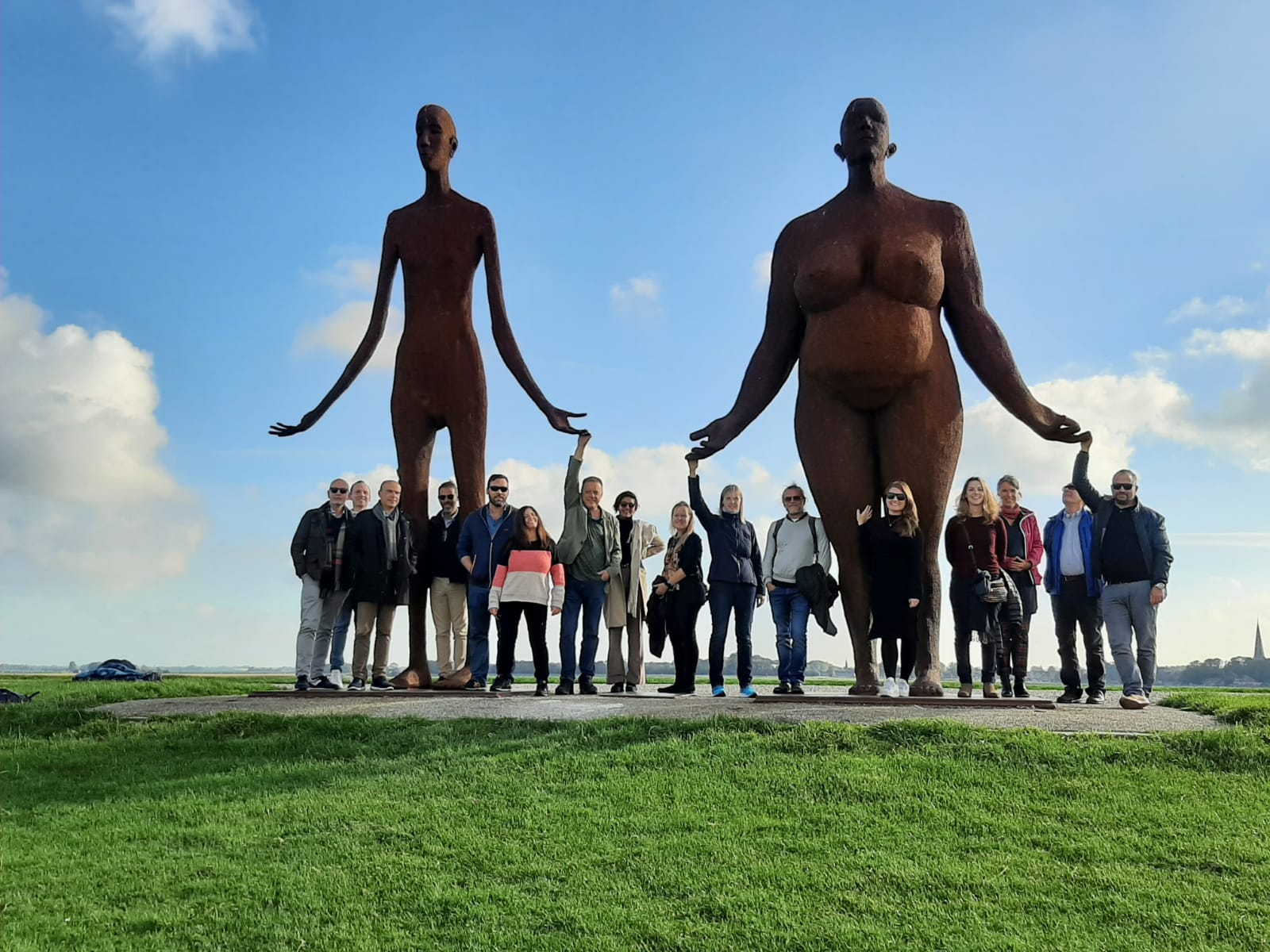
Yes, you heard it right, we will continue for another year.
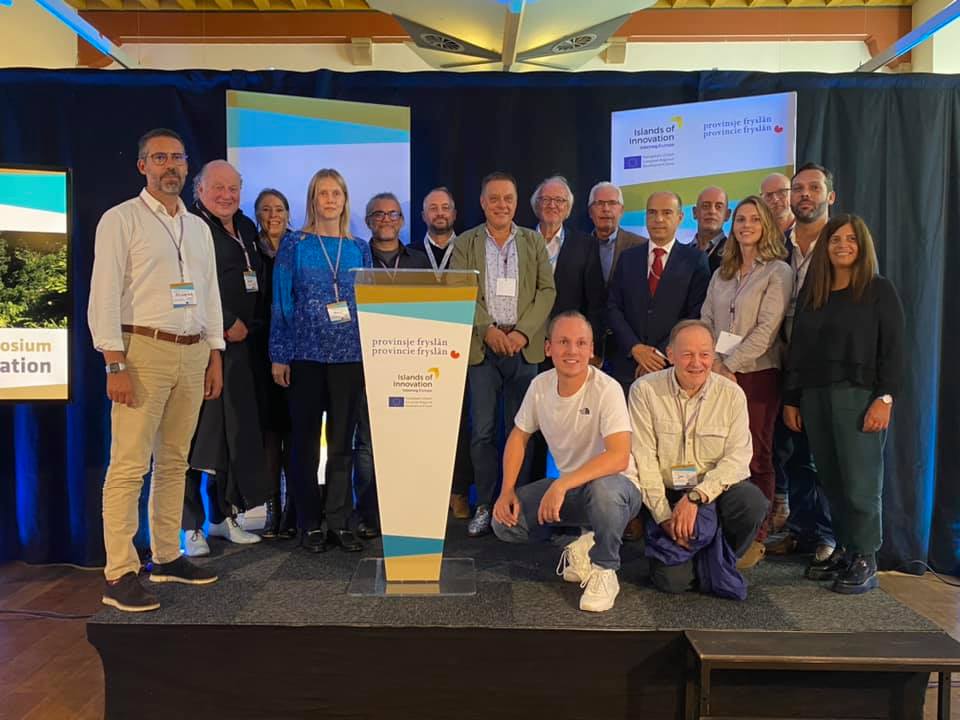
On 6 and 7 October, the final meeting of the Islands of Innovation project took place.

Smart Islands Energy System: Online Workshop and Matchmaking event
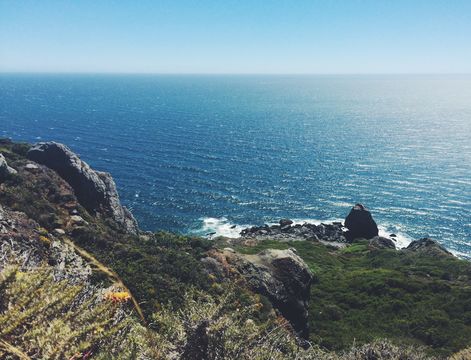
The final meeting of interreg EUROPE project Islands of Innovation is 6 and 7 October 2021.

TIPPING Approach article in FEDERANE sustainable regions in action 2021
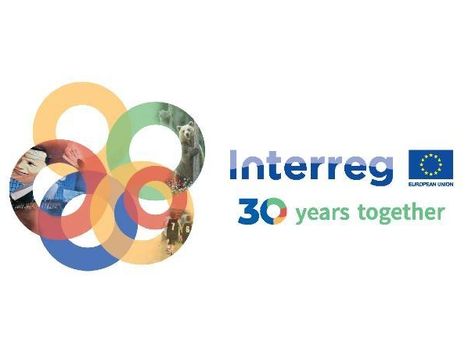
Interreg celebrates its 30-year anniversary with 30 stories about results. Vote for Islands partner Samsoe before 8 December and join the online celebration.